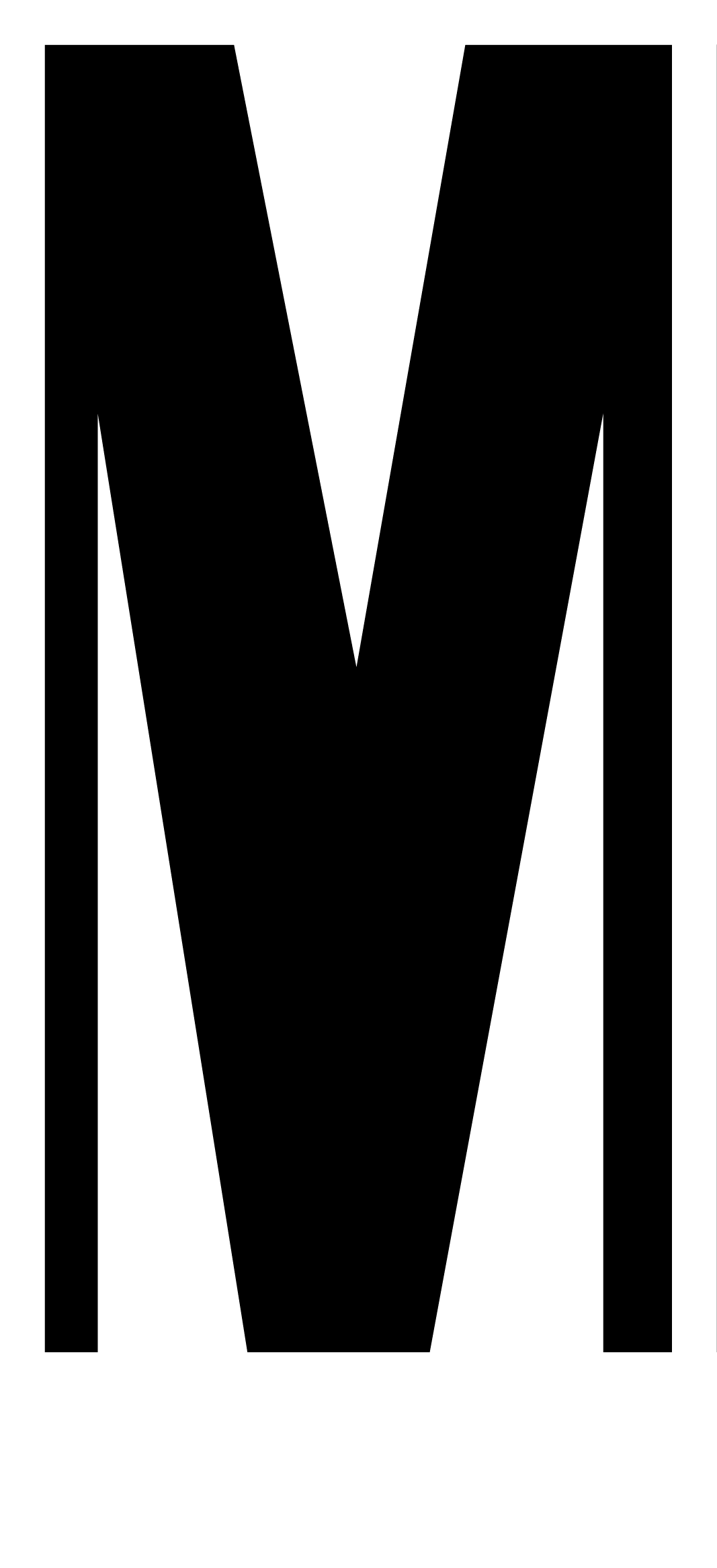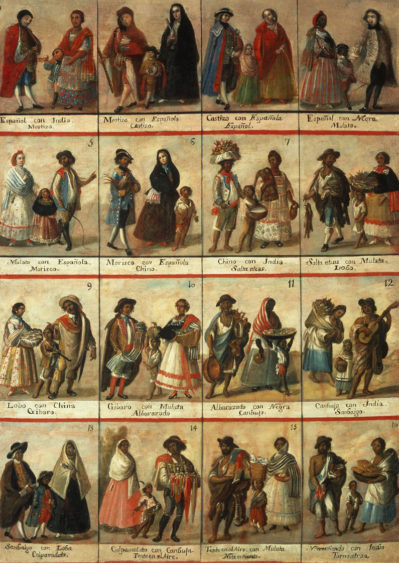“By the end of the eighteenth century, sexual interaction and intermarriage among Spanish, Indians, and Africans in Mexico had resulted in a population that was approximately one-quarter interracial. Casta, or caste, paintings took the intermingling of races as their subject. Produced from the early 1800s until the first decade of the nineteenth century, casta paintings were usually created in sets of sixteen, with each scene comprised of a man and woman of differing races along with their progeny. Inscriptions identified the respective races of father, mother, and children. Sometimes, as with this painting, all sixteen figural groupings were combined on a single canvas. In the latter part of the eighteenth century, on occasion such scenes were integrated into representations of the marketplace.”
http://www.learner.org/courses/globalart/work/85/
English: Casta painting containing complete set of 16 casta combinations (racial classifications in Spanish colonies in the Americas). Oil on canvas, 148 cm x 104 cm (58 1/4 inches x 40 15/16 inches).
1. Español con India, Mestizo
2. Mestizo con Española, Castizo
3. Castizo con Española, Español
4. Español con Mora, Mulato
5. Mulato con Española, Morisca
6. Morisco con Española, Chino
7. Chino con India, Salta atrás
8. Salta atras con Mulata, Lobo
9. Lobo con China, Gíbaro (Jíbaro)
10. Gíbaro con Mulata, Albarazado
11. Albarazado con Negra, Cambujo
12. Cambujo con India, Sambiaga (Zambiaga)
13. Sambiago con Loba, Calpamulato
14. Calpamulto con Cambuja, Tente en el aire
15. Tente en el aire con Mulata, No te entiendo
16. No te entiendo con India, Torna atrás
1. Español con India, Mestizo
2. Mestizo con Española, Castizo
3. Castizo con Española, Español
4. Español con Mora, Mulato
5. Mulato con Española, Morisca
6. Morisco con Española, Chino
7. Chino con India, Salta atrás
8. Salta atras con Mulata, Lobo
9. Lobo con China, Gíbaro (Jíbaro)
10. Gíbaro con Mulata, Albarazado
11. Albarazado con Negra, Cambujo
12. Cambujo con India, Sambiaga (Zambiaga)
13. Sambiago con Loba, Calpamulato
14. Calpamulto con Cambuja, Tente en el aire
15. Tente en el aire con Mulata, No te entiendo
16. No te entiendo con India, Torna atrás
















